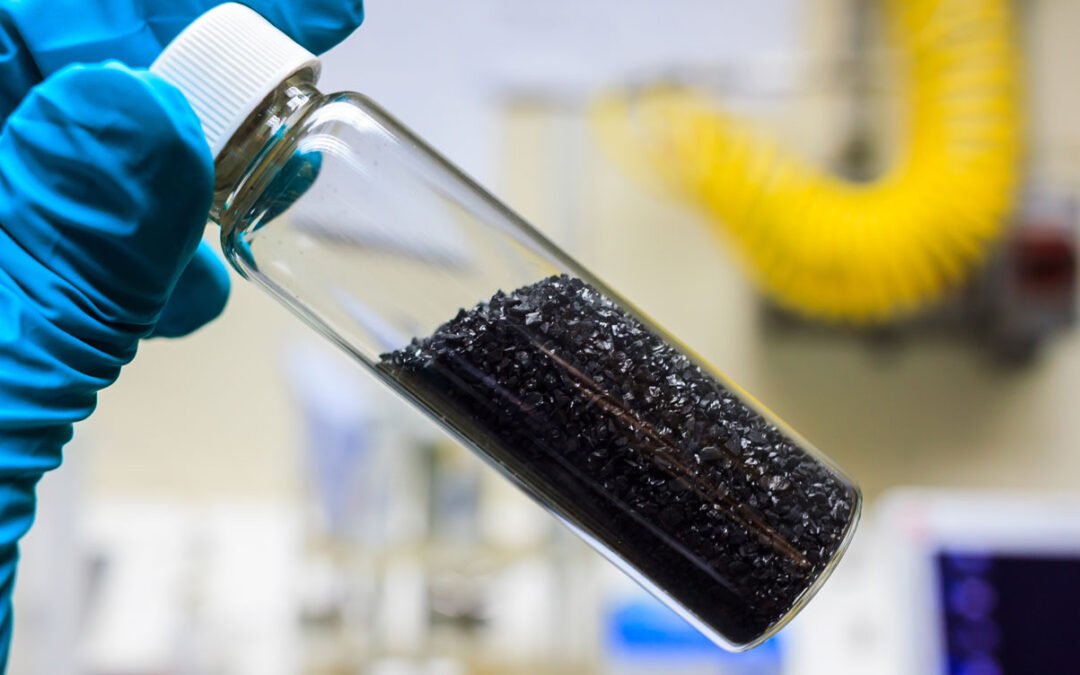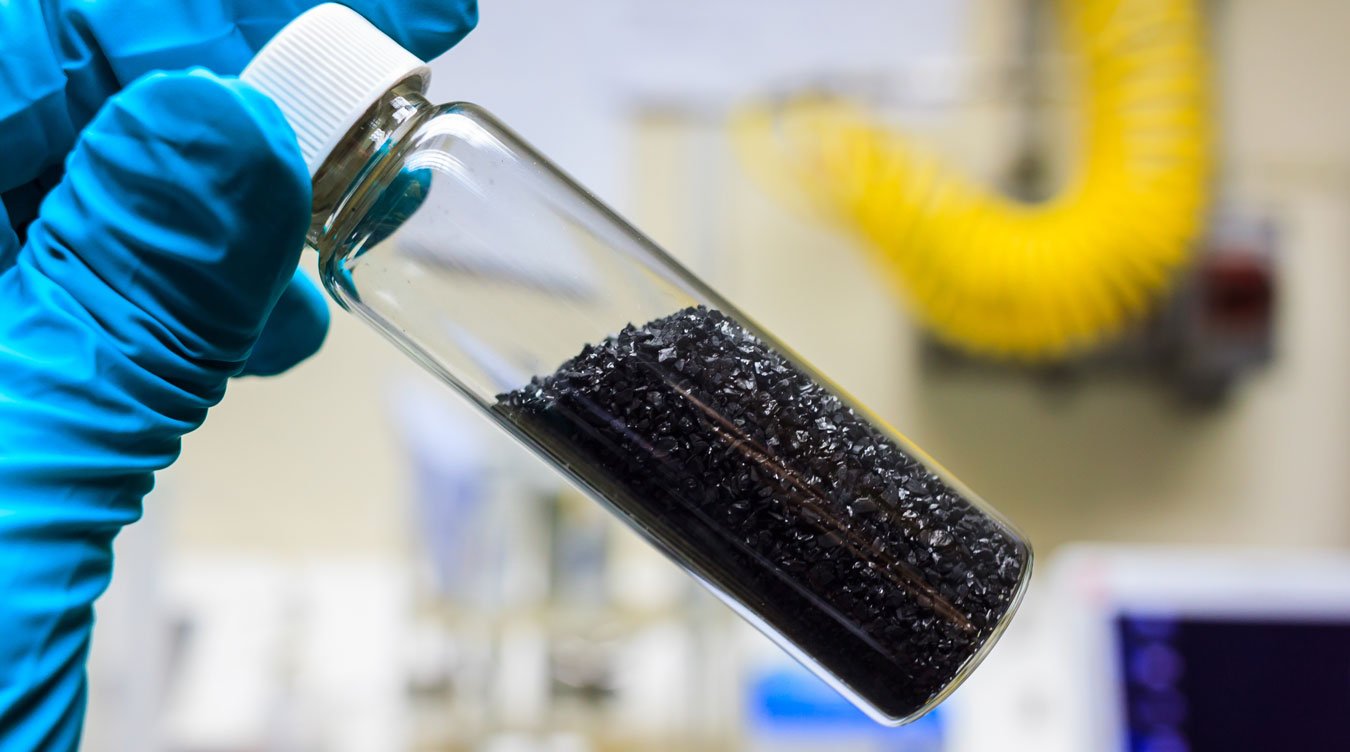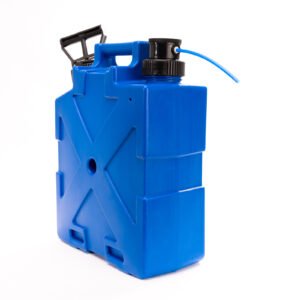
Why Risk Gut-Wrenching Water Poisoning When It’s so Easy to Avoid
An estimated 40% of travelers fall sick with gastro poisoning, losing anywhere up to 4 days from their holiday. Imagine being on your dream holiday and coming down with diarrhea, vomiting, and severe cramps – imagine if it was one of your children – all because you didn’t avoid risky foods or use a simple Sure Aqua products water filter.
Wide-Spread Water Poisoning Issues
Healthy drinking water is vital to our health. Each country has its own protection authority monitoring drinking water quality, but how effective these agencies can be in detecting and removing pollution in water systems depends on the resources made available to them, environmental issues, and the level of industrial and farming controls.
More People dieing form water diseases than Covid-19

Water poisoning very often comes from PBTs (persistent, bioaccumulative toxic chemicals), possibly more commonly known as the organochlorines – industrial agents including the extremely harmful dioxins.
Water poison can originate from farming and suburban run-off in the form of pesticides and other hazardous chemicals, while asbestos fibers, heavy metals, organic and inorganic sediment, and water lead poisoning are all severely damaging the environment and threatening our health.
It’s not only man-made substances that cause poisoned water sources. That clean, flowing stream you’re drinking from could contain naturally occurring contaminants that are poisonous to our bodies, such as e-coli and parasitic cysts.
Dysentery is worldwide but plagues developing countries. Spread by poor hygiene and through water poisoned by human sewage, the bacilli penetrate and ulcerate the intestine, causing debilitating blood-stained pussy diarrhea.
Sources of Healthy Drinking Water
Though bottled water may first spring to mind, when even the World Health Organization is warning of possible health complications from the transportation and storage of bottled water*, you have to sit up and take notice.
In Western countries, while tap water is generally healthy, environmental factors such as drought or flooding, or mishap at the water filtration plant, or pipe corrosion, may result in poisoned water. It’s not unheard of for the residents of even significant cities to have to boil their water due to parasitic infiltration.
In one major U.S. city, reportedly 400,000 residents became ill through swallowing Cryptosporidium oocysts. From the oocysts, the parasites emerge, as with Giardia cysts, to live and reproduce inside the small intestine causing severe, diarrhea, vomiting, cramps, and fever.
Sure Aqua Water Filtration is 10 Times Finer
Sure Aqua filters out e-coli, parasitic protozoa, and other forms of bacterial poison. Hot water and brackish water are the only exceptions for not using the Sure Aqua products.
The Sure Aqua products are so effective because the microfiltration membrane is 10 times finer than the smallest microbe and for the virus’s products 5 times smaller. It provides an excellent state of mind knowing the drinking water is safe and high quality and gives you confidence as you travel overseas or go camping in your own home.
Why would you let water-based poisoning ruin your holiday when it’s so easy to avoid?




